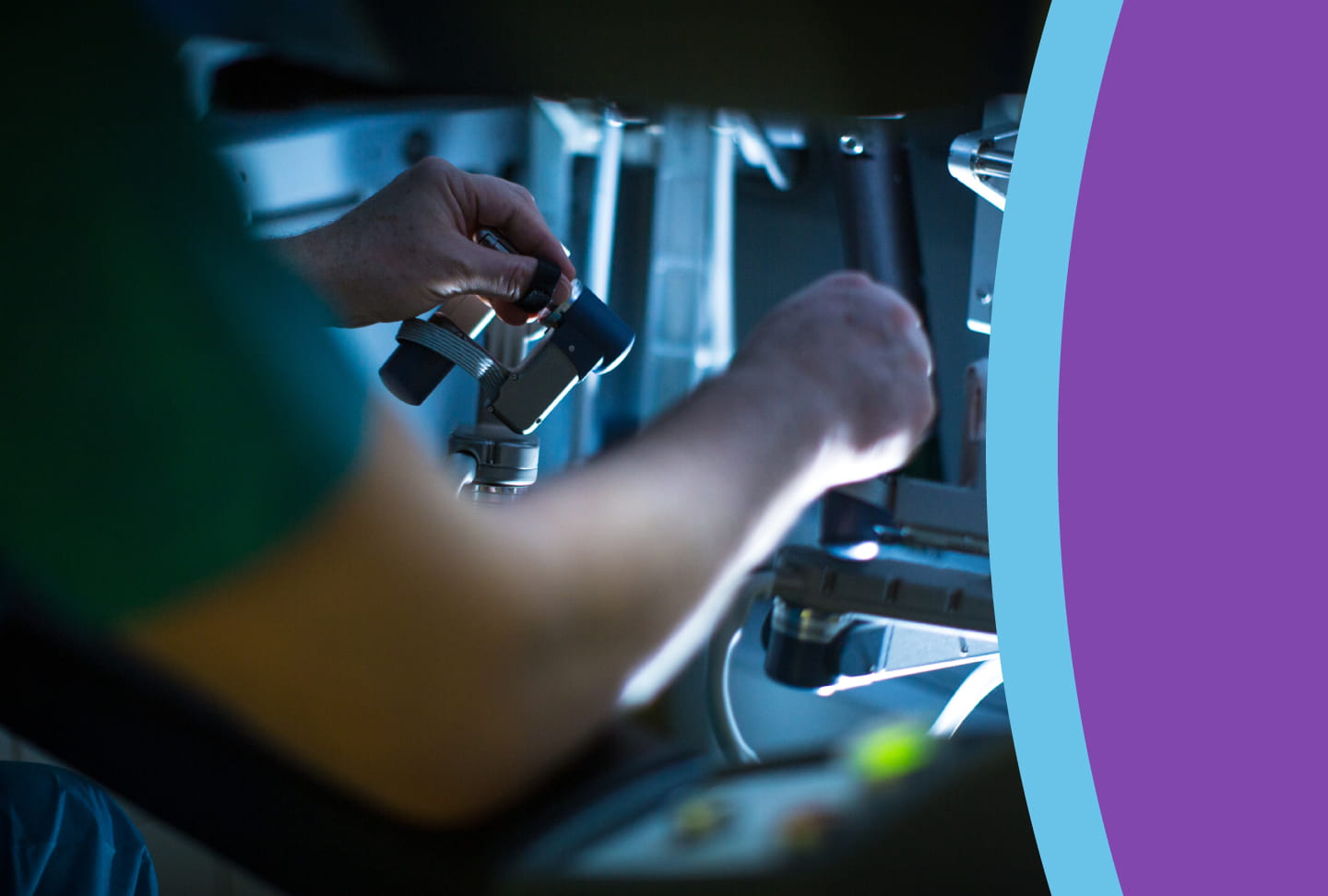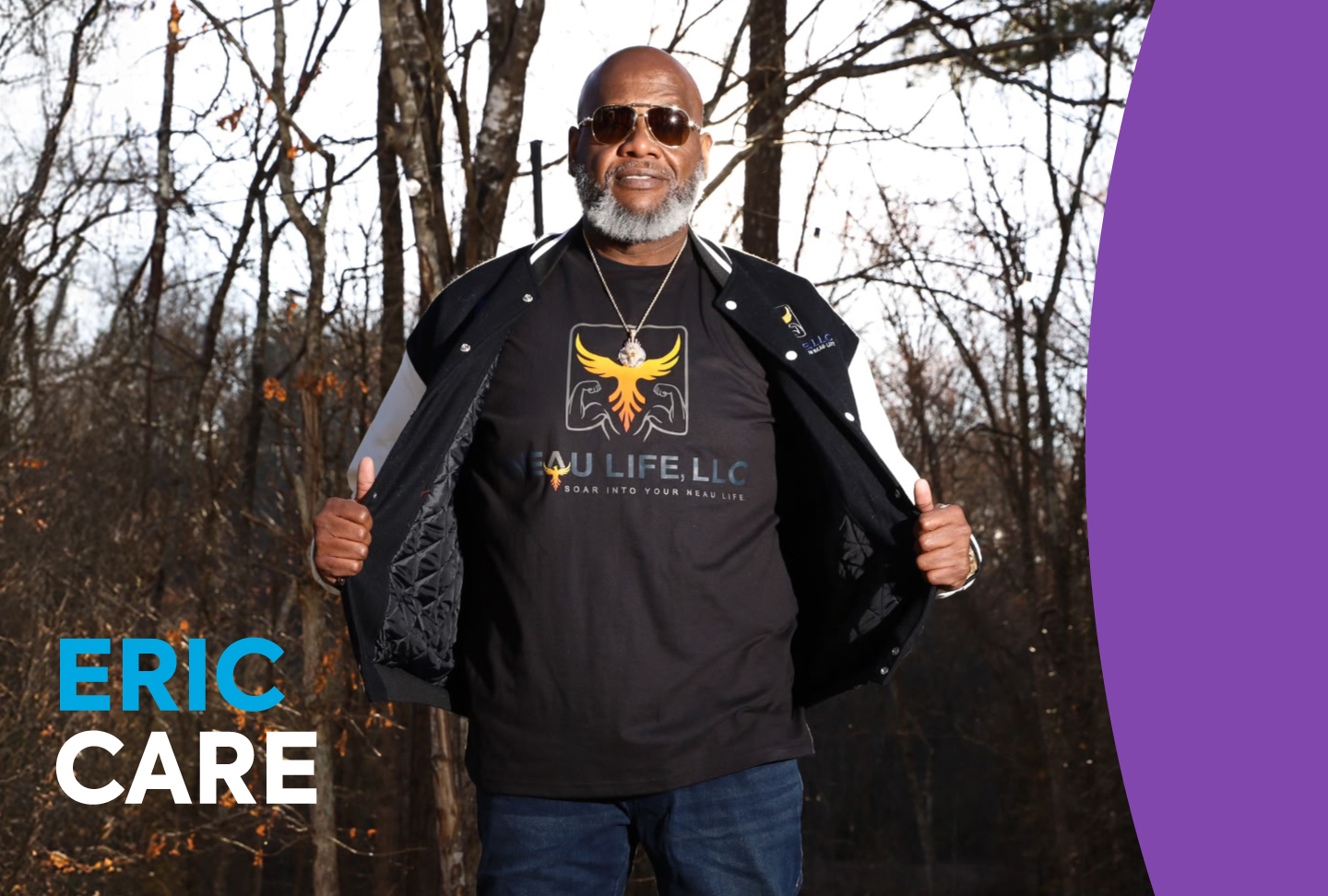New Robotic Surgery System at Wellstar Kennestone Brings Next-Level Care to the Community
Published on August 07, 2025
Last updated 08:31 AM August 07, 2025

Tags
Fritz Jean-Pierre Jr Scott David Miller Kennestone Regional Medical CenterMedia Room
Related Articles

Newsroom
Wellstar Children’s Hospital of Georgia Receives Historic $50 Million Investment from Tom Golisano, Unlocking Further Excellence and Innovation in Care for Children
Tom Golisano, founder of Paychex, and a leading healthcare philanthropist, announced today a historic $50 million investment in the Wellstar Children’s Hospital of Georgia (WCHOG), which is affiliated with Augusta University’s Medical College of Georgia. This transformative gift, the largest in Wellstar and WCHOG’s history, is part of his longstanding commitment to children’s hospitals across the country. In honor of his remarkable generosity, the hospital will be renamed the Wellstar Golisano Children’s Hospital of Georgia.
Along with this generous financial support, WCHOG will join the Golisano Children’s Alliance, a national consortium of twelve leading children’s hospitals. Joining the alliance opens opportunities for new partnerships, expanded innovation and sharing best practices to further advance children’s health and wellness. Each hospital in the alliance remains independently owned and operated by their respective health systems. WCHOG is the only member hospital in all of Georgia, South Carolina, Alabama, Tennessee, and North Carolina.
“We are deeply grateful to Mr. Golisano for his extraordinary gift to improve the health and well-being of children in Georgia and across the country. We are honored to be among the handful of hospitals nationwide that have earned his transformative support,” said Ketul J. Patel, president and CEO of Wellstar Health System. “Thanks to the power of philanthropy, we can expand the lasting impact of compassionate, innovative care to more children and families across Georgia and far beyond, today and for generations to come.”
“Children’s hospitals are essential to the health and future of our communities, and each one serves families with unique needs and challenges,” said Tom Golisano. “The team at Wellstar Children’s Hospital of Georgia has a deep commitment to advancing pediatric care, expanding access, and investing in innovation. I’m proud to support their work and to welcome them into the Golisano Children’s Alliance as we continue building a collaborative network focused on improving outcomes for children nationwide.”
The Wellstar Golisano Children’s Hospital of Georgia serves as Wellstar’s cornerstone for pediatric excellence, delivering advanced surgical specialties, intensive care units (NICU and PICU) and nationally recognized outcomes for high-acuity cases. This donation strengthens Wellstar’s position as a national leader in pediatric care, starting with the creation of a new, state-of-the-art Pediatric Cardiac intensive care unit.
There are 11 other hospitals in the Golisano Children’s Alliance, including new recipient Arkansas Children’s in Little Rock, Arkansas. Children’s hospitals that previously received donations and joined the Golisano Children’s Alliance include the Golisano Children’s Hospital of Buffalo (NY), the Golisano Children’s Hospital in Fort Myers, Fla., Penn State Health Children’s Hospital in Hershey, Pa., the University of Kentucky Children’s Hospital in Lexington, Ky., and the University of Maryland Children’s Hospital in Baltimore, Md.
About Wellstar Health System
Wellstar personalizes the patient experience. We call it PeopleCare and it's only possible thanks to our 34,000 team members who provide expert compassionate care for every stage of life. PeopleCare also means we serve our communities as a non-profit health system, providing more than $1 billion annually in charity care and community programs, and operating the largest integrated trauma network in the State of Georgia. We embrace innovation and technology, nurture early-stage companies through our venture firm Catalyst by Wellstar, and train future generations of caregivers with academic institutions including Augusta University’s Medical College of Georgia. Wellstar honors every voice and is one of the Fortune 100 Best Companies to Work For. To learn more, visit Wellstar.org.
About the Wellstar Foundation
Through corporate and community partnership, the Wellstar Foundation fuels innovation and action to address the vital needs of diverse communities in Georgia. As the philanthropic arm to Wellstar Health System, the Foundation is transforming healthcare by enhancing health equity, innovation and technology, behavioral health and workforce development. Every dollar donated funds the mission and initiatives addressing the most pressing healthcare needs in Georgia. To learn more, visit wellstar.org/foundation or call 770-956-GIVE (4483).
About Tom Golisano and The Golisano Foundation
Tom Golisano, — entrepreneur, philanthropist, and civic leader — is the founder of Paychex, Inc., the nation’s largest human resource company for small to medium-sized businesses. Mr. Golisano’s vision, perseverance, and action have left an indelible mark on a broad spectrum of issues that touch our lives in business, healthcare, education, animal welfare, voter policies, politics, and tax reform. His investments are advancing entrepreneurship and driving the success of numerous businesses and start-ups. His philanthropic contributions to education, hospitals - including multiple children’s hospitals across the country that bear his name and numerous other organizations exceed $1 billion.
A fierce advocate for dignity and inclusion, in 1985 Tom Golisano applied his pioneering spirit to establish the Golisano Foundation to make the world a better place for people with intellectual and developmental disabilities. With more than $120 million in gross assets, it is one of the largest private foundations in the U.S. devoted to supporting programs for people with intellectual and developmental disabilities awarding grants to non-profit organizations in Western New York and Southwest Florida.
In 2025, Mr. Golisano launched the Golisano Children’s Alliance, a national initiative that provides strategic funding and brings together children’s hospitals across the United States to elevate pediatric care by expanding services, strengthening collaboration, and ensuring that children and families have access to the highest quality medical attention close to home. Together, Alliance members are building a nationally recognized network that exemplifies excellence, dignity, and innovation in pediatric health care.
About Augusta University and the Medical College of Georgia
Located in the historic city of Augusta and across regional campuses throughout the state, Augusta University is Georgia’s designated health sciences and medical research university. Through an innovative partnership with Wellstar Health System, Augusta University is home to Georgia’s only public academic medical center, expanding the university’s reach and impact in clinical care, medical education, and research.
With 11 colleges and schools, AU offers a comprehensive academic enterprise anchored by the state’s first medical school—established in 1828—and one of the nation’s largest by class size, the Medical College of Georgia. The university is also home to Georgia’s only dental school, the Dental College of Georgia, as well as the Georgia Cyber Innovation and Training Center, a national hub for cybersecurity education, training, and innovation.

PeopleCare
EricCare
Eric Janeau, a former All-American offensive tackle who once played football at Kansas State University and Western Illinois University and trained with the Detroit Lions, faced a host of serious health conditions—a rare form of bile duct cancer, obesity, heart failure, kidney disease and diabetes. With the support of his tight-knit network of doctors and the Wellstar Center for Best Health, Eric is overcoming these obstacles and inspiring others through his remarkable weight loss journey.
Life change kickoff: A rare cancer diagnosis
In 2021, Eric was diagnosed with a rare and aggressive bile duct cancer.
“I was in disbelief,” Eric remembered. “I didn’t eat all weekend.”
The only cure was surgery, but at 11 centimeters, the tumor was too large to be removed. Under the care of Medical Oncologist Dr. Carmen Klass, Eric began chemotherapy. At the time, he didn’t realize just how dismal his chances were for survival. At stage 4, the survival rate for this cancer type is 1%, with only four to six months to live if treatment isn’t successful.
Eric began chemotherapy accompanied by additional hydration to help with his heart failure and steroid shots that caused him to gain weight during treatment. After 12 rounds and six cycles of chemo, his body responded excellently—the mass shrunk by 40%. Surgical Oncologist Dr. Sahir Shroff re-evaluated him and cleared him for surgery to remove the tumor in early 2022.
Today, Eric is cancer free.
One team, one goal: Eric’s health comeback
Eric’s journey didn’t end with cancer treatment. He also faced severe obesity, putting him at risk for life-threatening conditions like heart disease and stroke. Dr. Klass was concerned and took the time to address Eric’s other health concerns.
“Dr. Klass and Dr. Shroff keep up with my health and they keep each other informed of what’s going on,” Eric said. “They're totally invested in my well-being.”
After chemotherapy and surgery to remove the tumor, Dr. Klass referred Eric to Dr. Mitzi Rubin at Wellstar Center for Best Health. It was time to lose weight and get his diabetes and high blood pressure in check.

Newsroom
25th Annual iHeartMedia Cares for Kids Radiothon Raises $291,617 for Wellstar Children’s Hospital of Georgia
The iHeartMedia Cares for Kids Radiothon filled the lobby of Wellstar Children’s Hospital of Georgia Dec. 4 through 6 for its 25th year of fundraising. Surrounded by a winter wonderland of Christmas trees and red, white and silver balloon arches, volunteers took donations from generous supporters while iHeartMedia radio stations and WRDW-TV broadcast stories of the miracles that happen every day at Wellstar Children’s Hospital of Georgia.
The event raised $291,617 to support the children’s hospital, which is a part of the Children’s Miracle Network.
“Thank you, thank you, thank you! This is life-changing,” said Ralph Turner, president of Wellstar MCG Health Medical Center. “This can support many of our young patients. They come to us and we take care of them. We don’t turn them away, and this really helps support our mission.”
Dr. Valera Hudson, pediatrician-in-chief, echoed Turner’s gratitude.
“We couldn’t do this without community support. We are so grateful for everyone who is here who helped pull this off,” she said.
Each year, iHeartMedia generously donates 72 hours of airtime as DJs from 96.3 Kiss FM, 104.3 WBBQ and 105.7 The Bull join WRDW-TV to broadcast live from the event, sharing success stories from patients and families grateful for the care they received.
“Thank you, CSRA, for making miracles happen. Exactly 291,617 miracles. Thank you!” said Ivy Elam, market president of iHeartMedia in Augusta.
Donations from the iHeartMedia Cares for Kids Radiothon are used throughout the year to purchase pediatric equipment such as vein finders for babies in the neonatal intensive care unit and a gaming system for patients in the pediatric operating room.
They also support programs that are unique to a children’s hospital. These include the facility dog program, featuring three hospital-owned dogs who provide comfort and help Child Life Specialists more easily communicate with young patients. Donations also help fund summer camps for children living with chronic conditions—such as Camp Rainbow for cancer patients—which allow kids to just be kids while remaining under medical supervision.
Radiothon has ended, but donations can be made throughout the year by calling (762) 375-4004, by emailing Wellstar Children’s Hospital of Georgia Director of Philanthropy Catherine Stewart or by visiting the Wellstar Foundation.
We use cookies for booking and general analytics. Learn more about or internet privacy policy.
